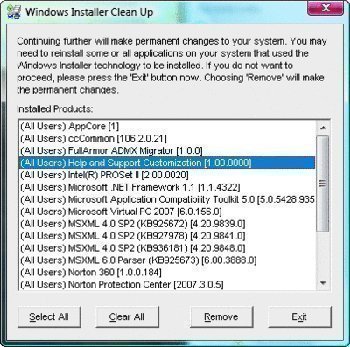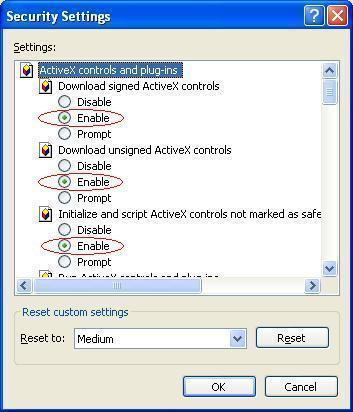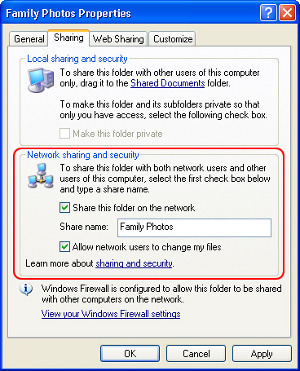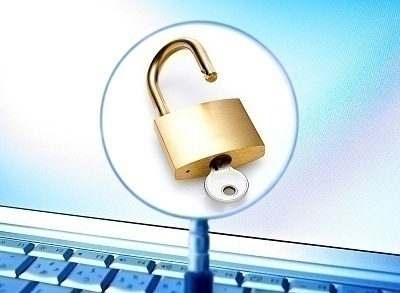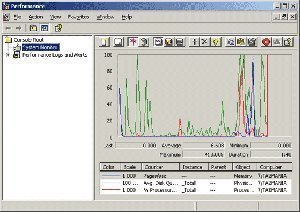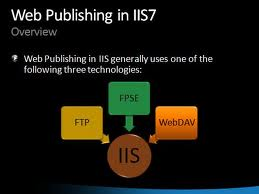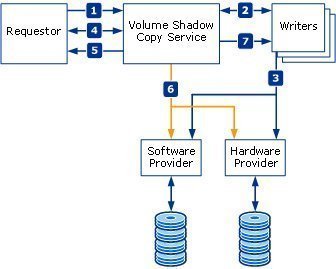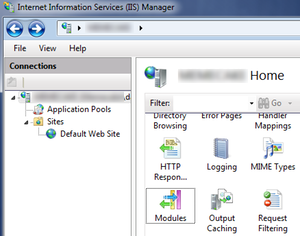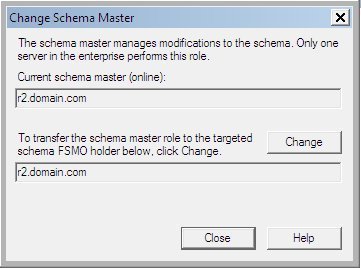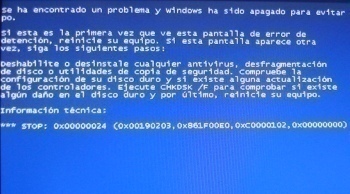msicuu2.exe
Msicuu2.exe is the Windows Installer Cleanup Utility process, a program found in many older Windows versions that forcibly uninstalls programs that refuse to be removed through the Windows Control Panel’s Add/Remove feature. While the Windows Installer Cleanup Utility was discontinued in 2010 due to problems associated with Office 2007, many people still use it. Msicuu2.exe …

